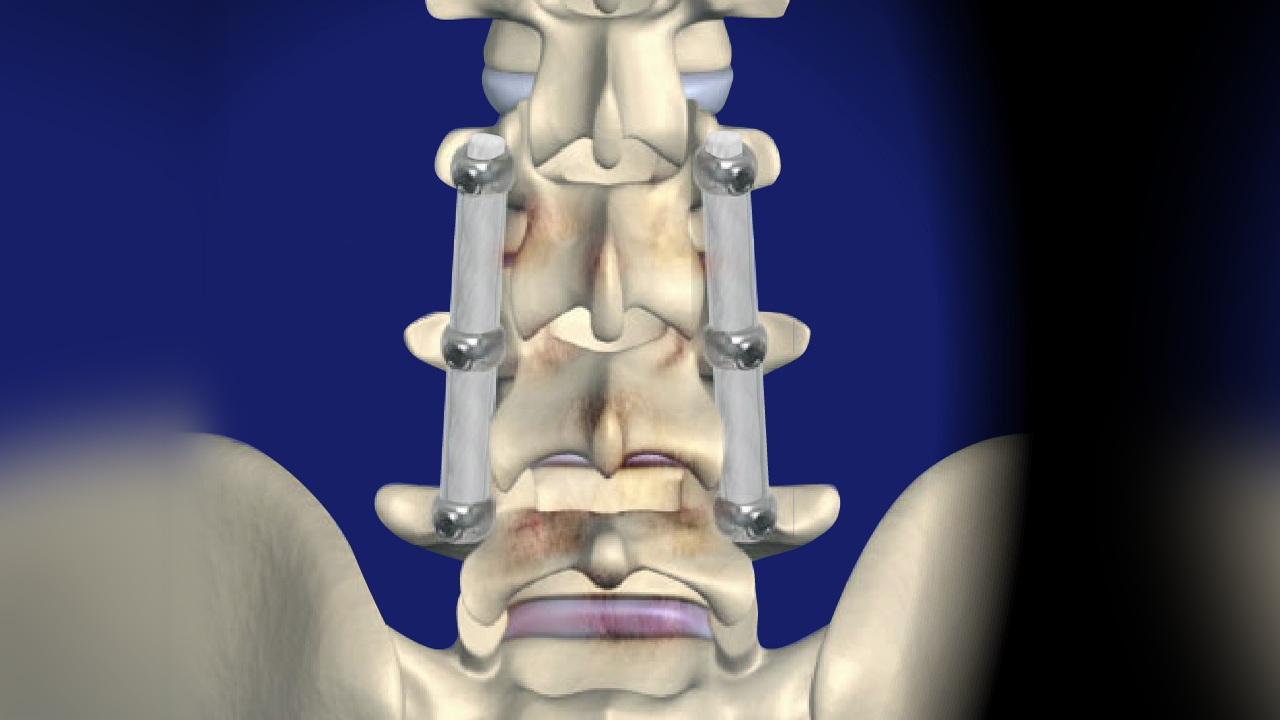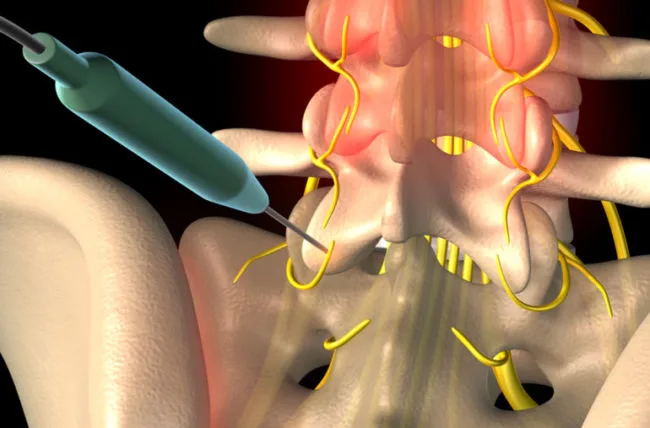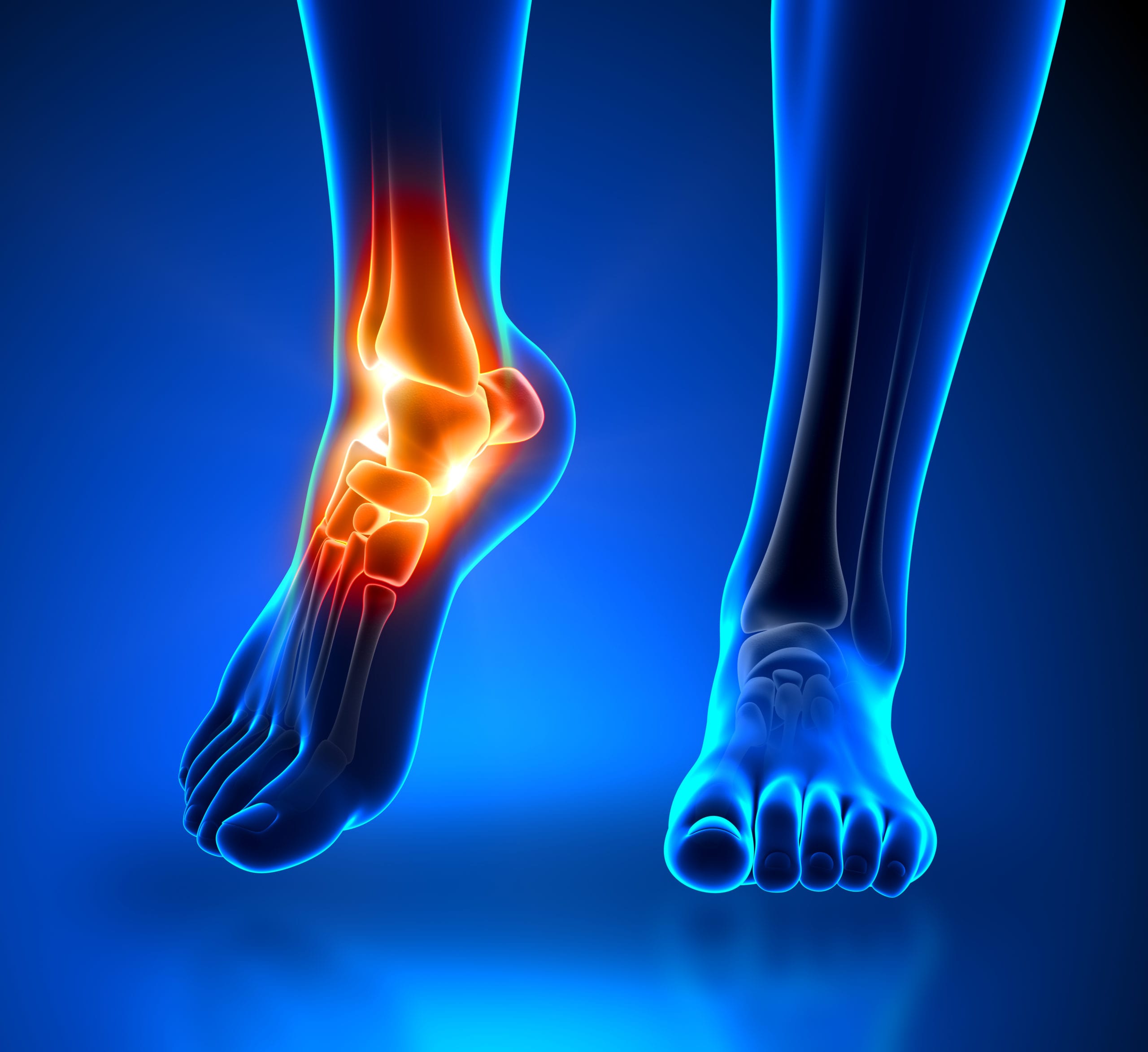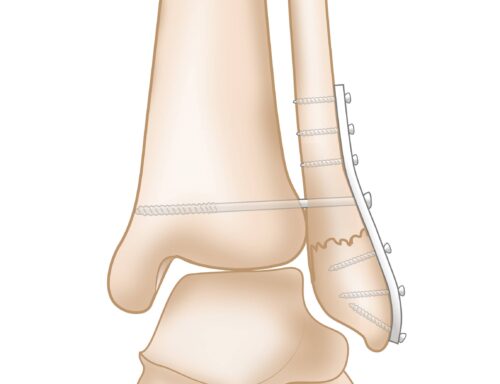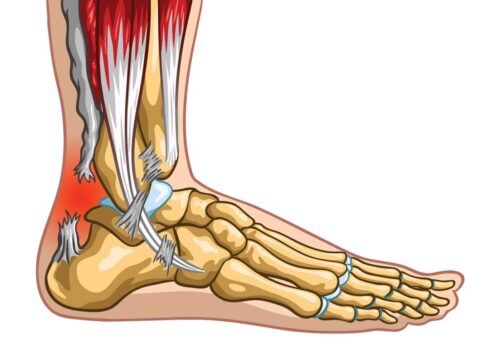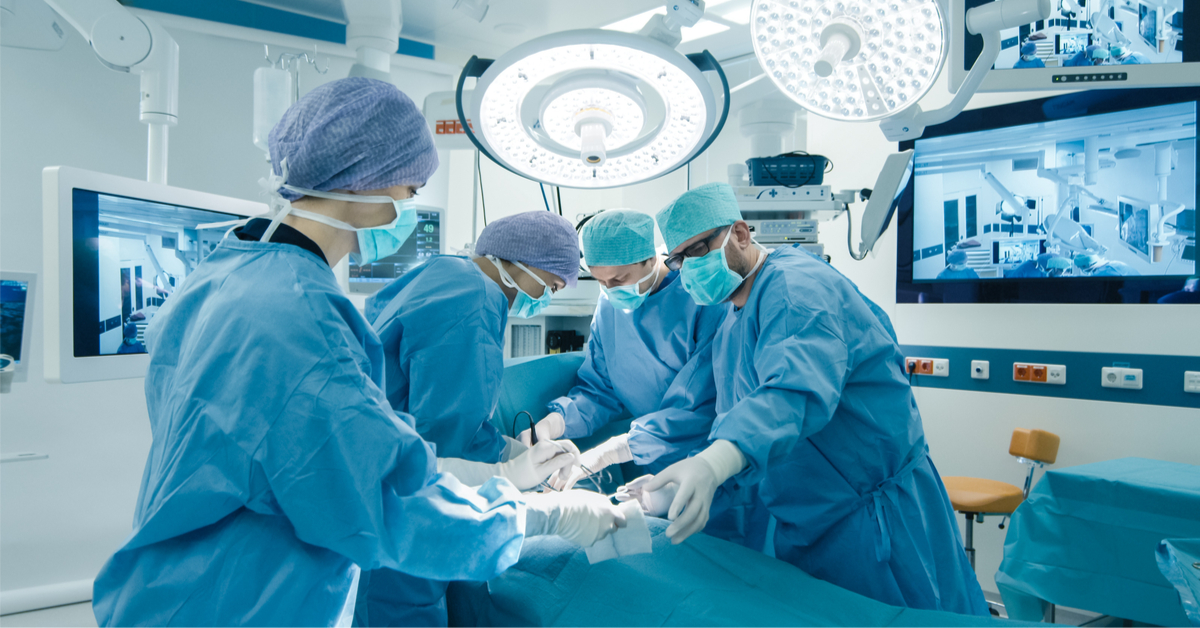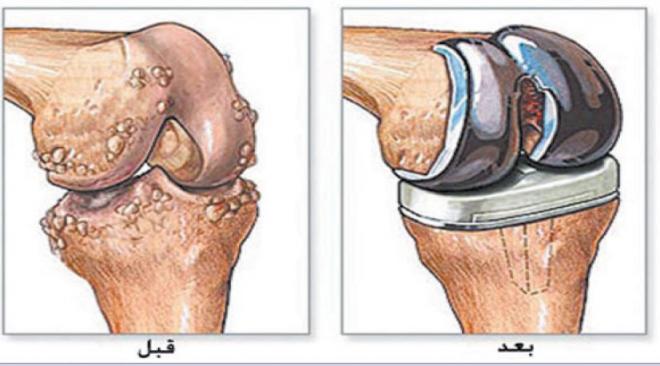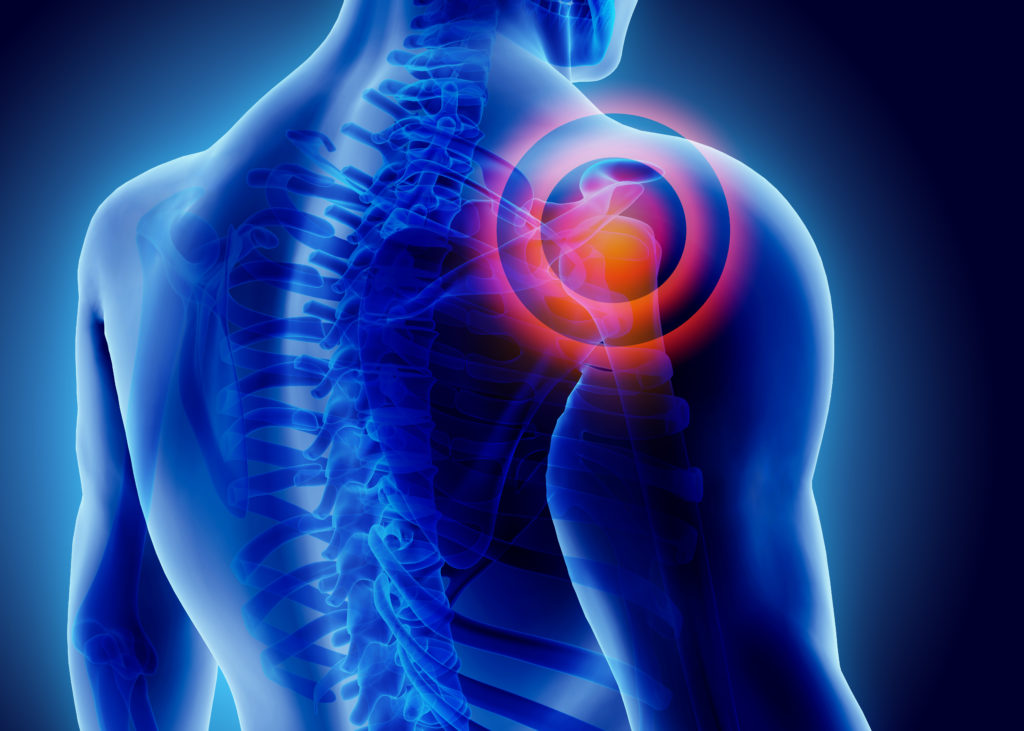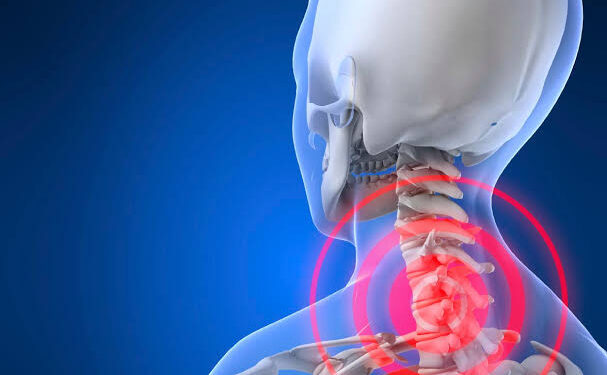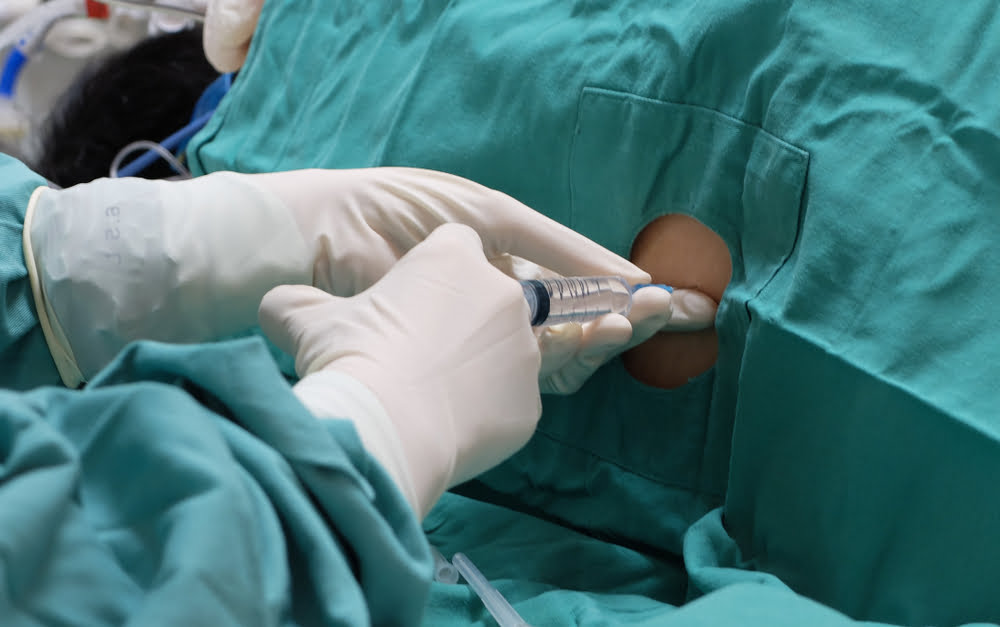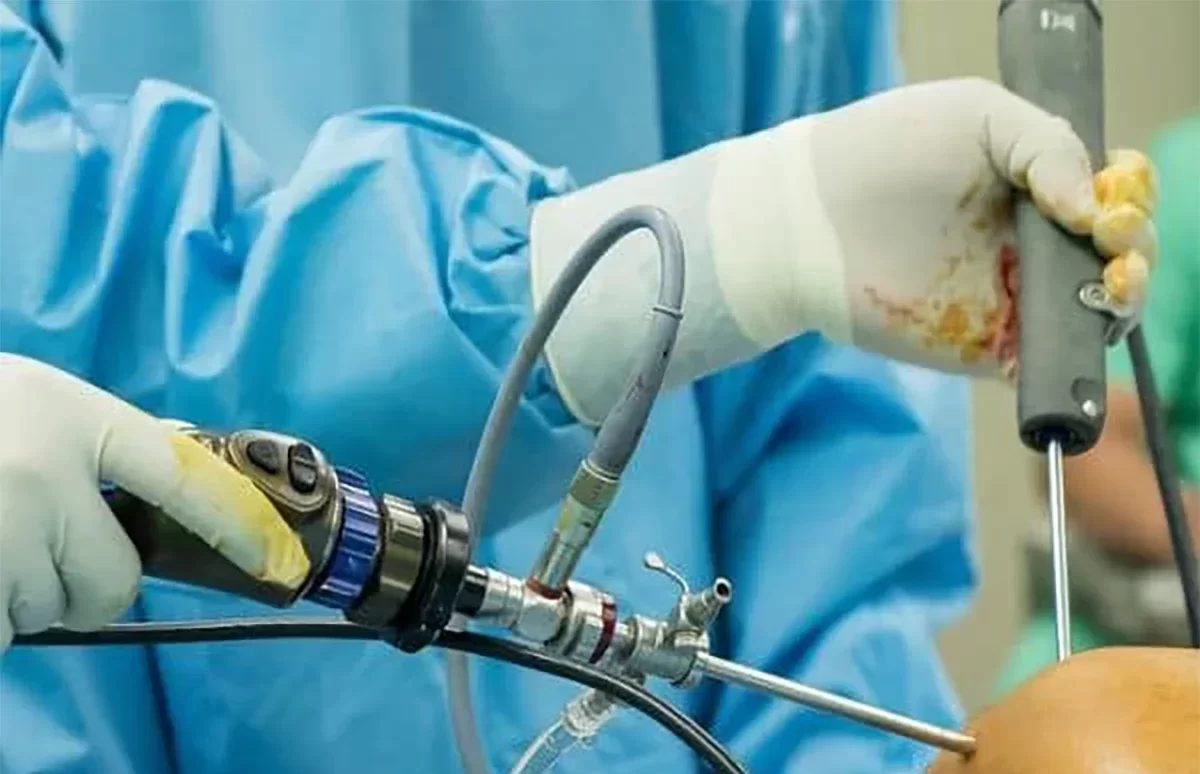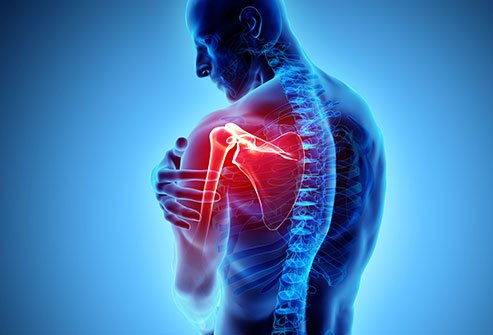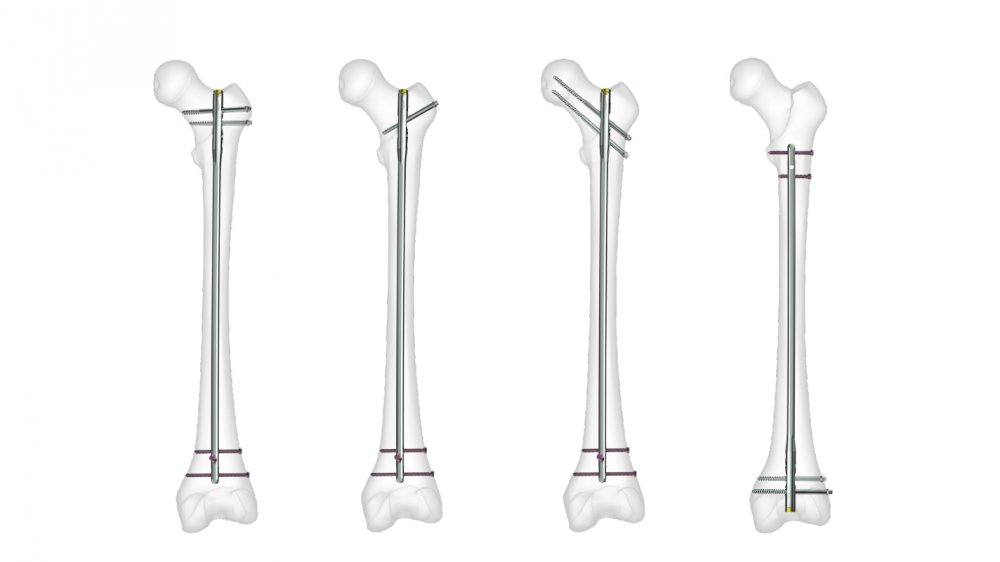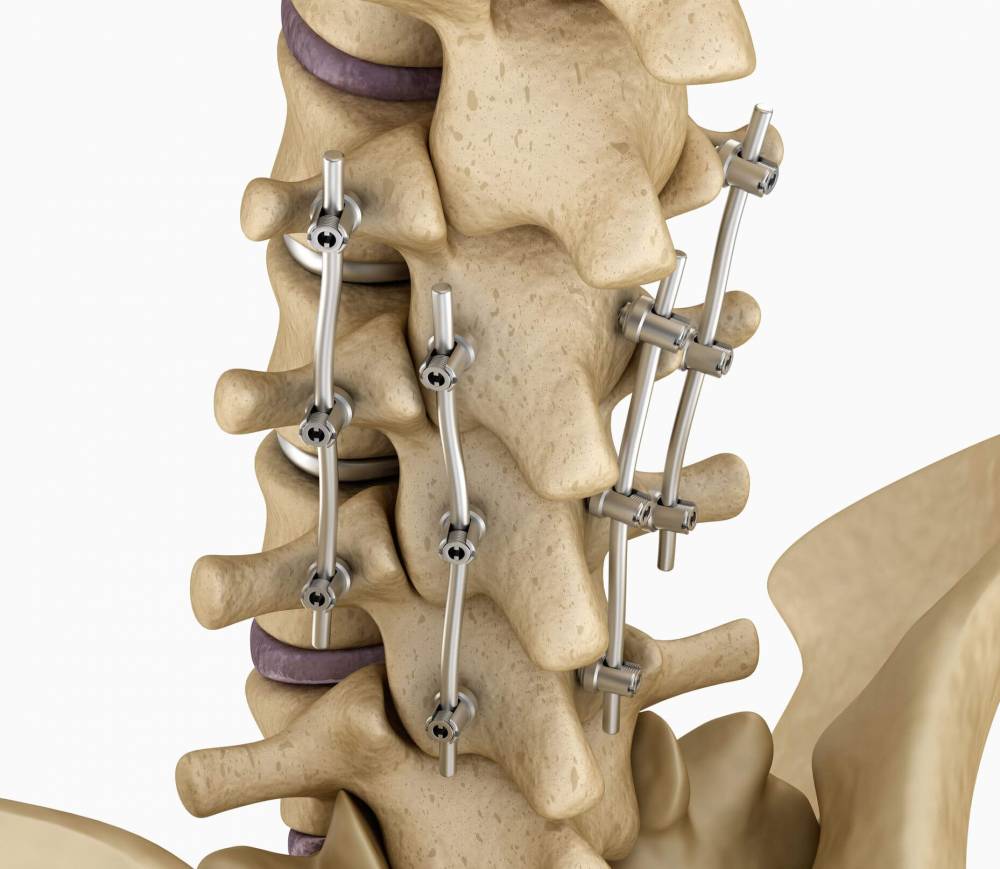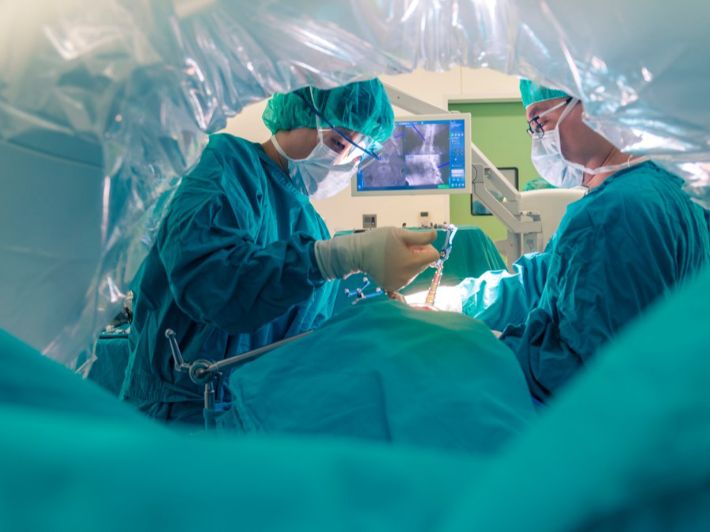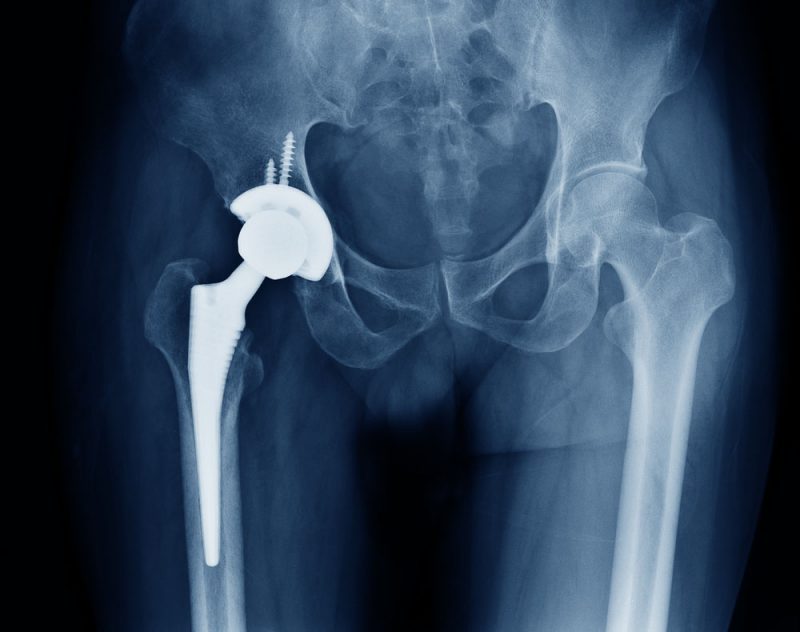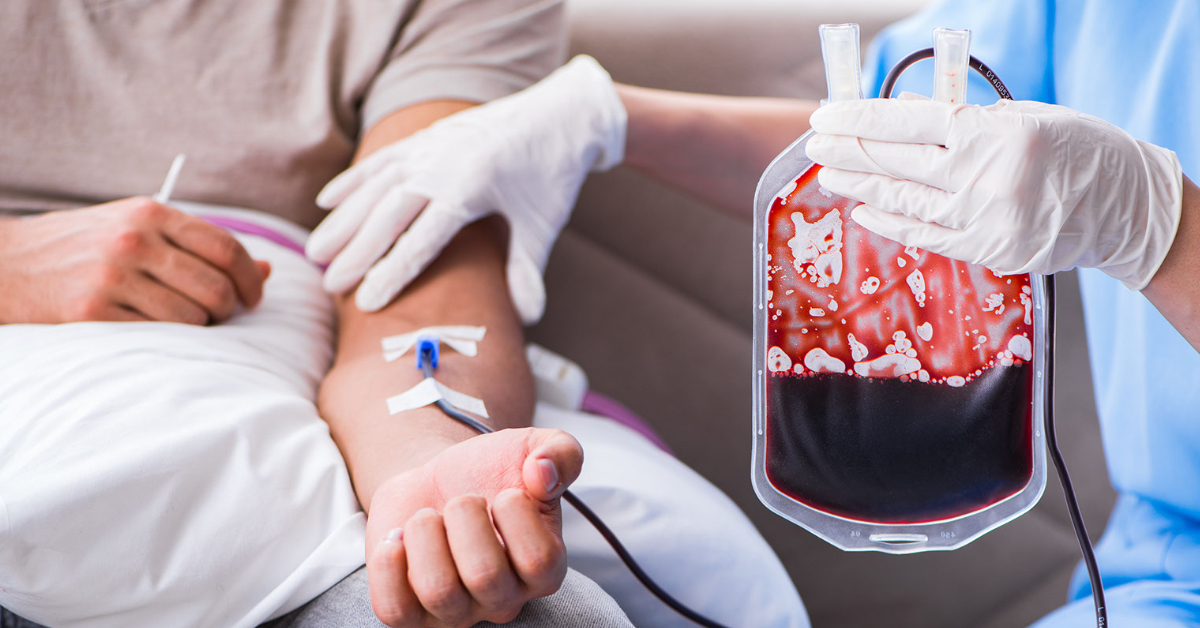Back Cartilage Surgery
Back Cartilage Surgery, You might have encountered someone close to you suffering from severe back pain, diagnosed with back cartilage issues or a herniated disc. In this article, we aim to provide you with more information about back cartilage, treatment methods, surgical procedures, and types of surgeries for treating a herniated disc. Stay updated with us.
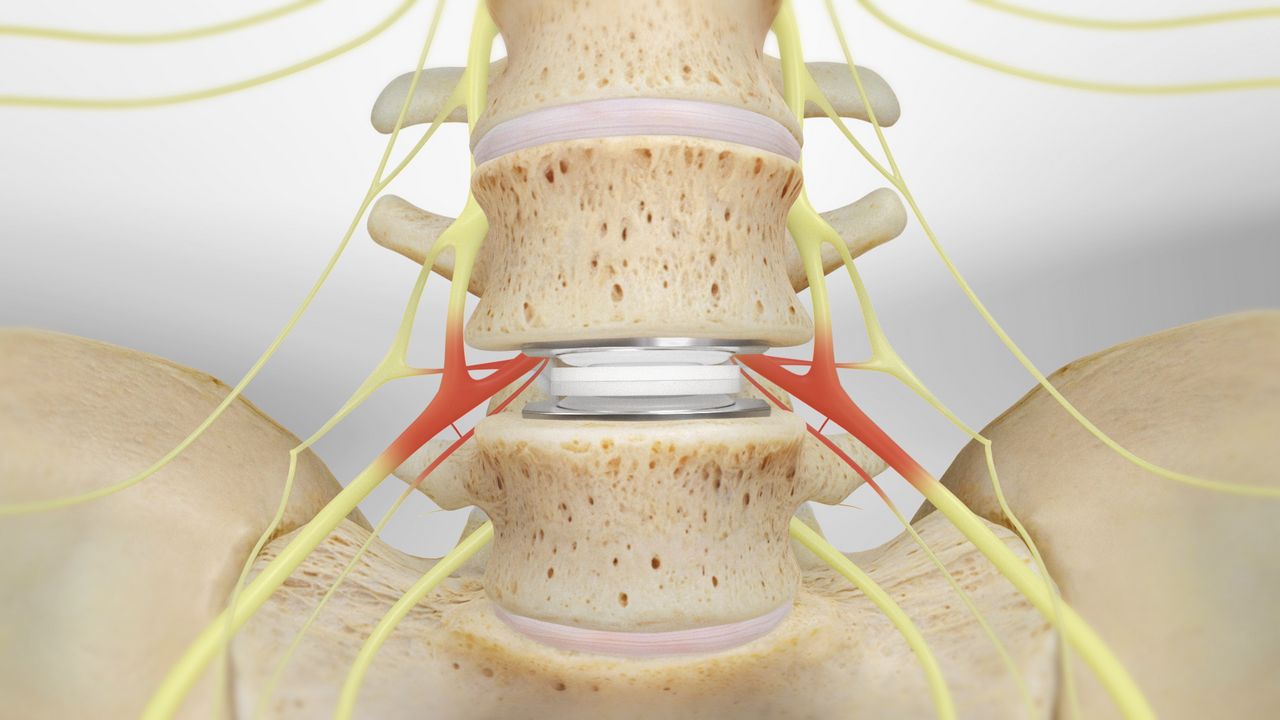
Back Cartilage Surgery
“Benefit from the advanced medical expertise and modern techniques for treating herniated discs provided by Dr. Amr Amal.”
Before discussing back cartilage surgery, let us first understand the concept of cartilage. The vertebrae in the back consist of several parts, one of which is the cartilage. These are discs that protect the bones from rubbing against each other, which could lead to wear, tear, and damage. This results in back pain, difficulty in bending, and sitting for the affected individual.
The cartilage has a firm outer part with a flexible gel-like core that withstands pressure and carries a significant portion of the body’s weight. Thus, if there is any malfunction or displacement in its position, it can impact a person’s condition, leading to a herniated disc. This means the cartilage has slipped out of place, causing pain and discomfort in movement for the individual.
When Does a Herniated Disc Occur?
There are several reasons that can impact an individual’s condition and lead to a herniated disc. These reasons vary and include:
- Aging, which affects the cartilage, causing it to wear out, weaken in parts, and slip out of place, resulting in a tear.
- Weight gain can lead to a malfunction in the cartilage due to the excess pressure, resulting in a tear and displacement of the disc.
- Genetic factors also play a role in herniated discs, being a genetic predisposition for the individual.
- Lifting heavy objects or bending the back incorrectly.
- Sudden twisting of the back, leading to a slip.
How Do I Know If I Have Back Cartilage Issues?
You can identify a back cartilage issue through gradually appearing symptoms that intensify with the increasing slip of the back cartilage. The physical symptoms include:
- Pain in the cartilage, affecting the individual’s movement.
- Difficulty in bending the back or sitting.
- Pain extending from the lower back to the legs.
- Numbness in the leg and foot.
- Difficulty in controlling urine.
- Exposure to cauda equina syndrome due to pressure on the spinal cord.
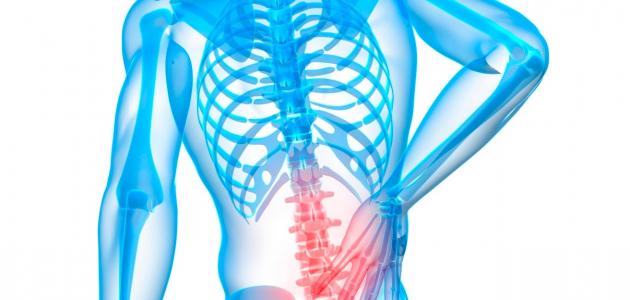
What are the damages of back disc herniation?
There are many cases in which people have lived with disc herniation, and their bodies have responded to medical treatments and alternative therapy methods. However, sometimes the risks increase after a disc injury, which is mainly due to the herniated disc pressing on a nerve and causing inflammation. This makes the nerve continuously send pain signals to the brain.
Complications that may occur as a result of disc herniation include:
- Severe pain in the lower back that extends to the buttocks and legs.
- A feeling of numbness in the leg and foot, which can be extremely painful.
- Loss of bladder control, known as cauda equina syndrome.
- Digestive system issues.
What is the treatment for a disc herniation in the back?
The treatment methods for disc herniation in the back are divided into two categories. The first includes non-surgical methods such as medications, increased rest, avoiding lifting heavy objects, and improving overall health to help reduce weight and relieve pressure on the disc.
The second category of treatments for disc herniation includes surgical methods, whether through traditional surgery, endoscopy, or laser surgery. These types of surgeries are generally considered after non-surgical treatments have been tried, and the specific type of surgery depends on the patient’s condition and the extent of damage to the vertebrae and disc.
Here are some treatment options for disc herniation in the back:
- Medication: The doctor may prescribe certain medications to reduce pain severity, inflammation of the nerves, and symptoms of disc herniation. These medications may include pain relievers, muscle relaxants, and anti-inflammatory drugs.
- Conservative (home) treatment: Rest is crucial, and applying cold compresses can help reduce swelling. Avoiding lifting heavy objects is also important.
- Physical therapy: This can increase the space between vertebrae, helping the disc return to its proper place, strengthen muscles near the affected area, and improve the patient’s overall performance in daily tasks.
- Surgical treatment: In some cases, surgery may be recommended, especially if other treatment methods have not been effective or if recovery is slow, putting the patient at risk of complications. The specific surgical technique will be determined based on the patient’s condition.
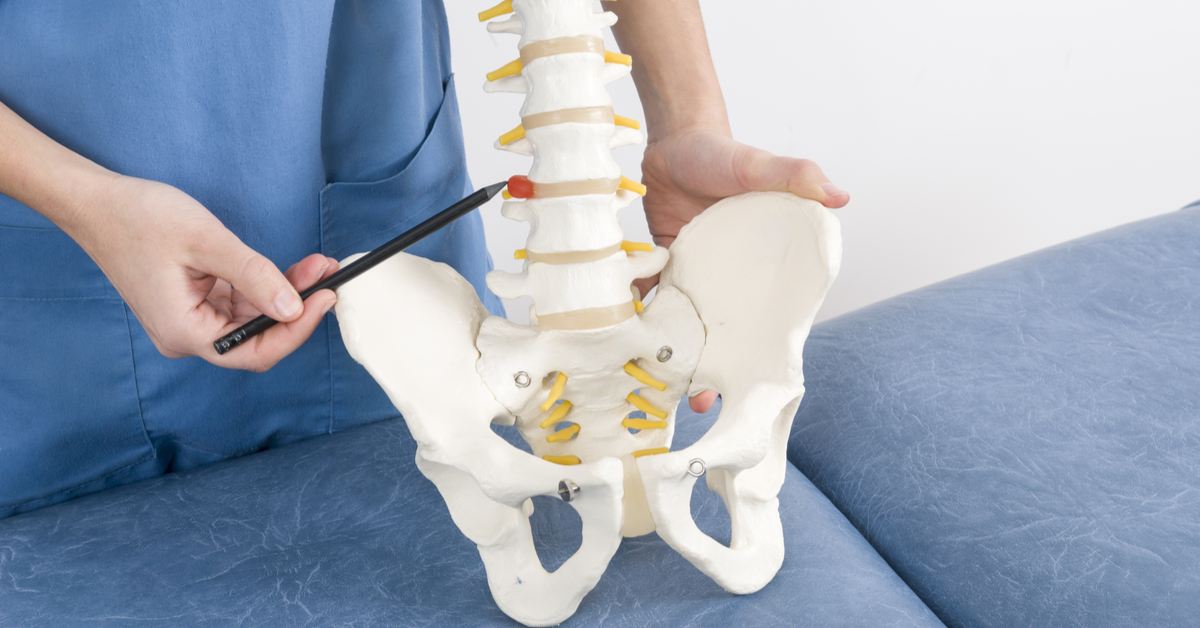
When should disc surgery be considered?
- If non-surgical treatment methods, including medications and physical therapy, are not effective and symptoms do not improve.
- Significant impact on limbs and difficulty controlling them.
- Pressure on the spinal column leading to disability.
- Inflammation in the spinal column causing deformity.
- Difficulty walking or standing.
- Severe leg pain that surpasses back pain, known as sciatic nerve pain.
- Loss of sensation in the genital area, weakness in the legs, and loss of control over urination and defecation, which are symptoms of cauda equina syndrome.
Post-Spine Cartilage Surgery
Improving the condition of a patient with a slipped disc can be achieved through surgical procedures, but following the instructions provided by the doctor after the surgery is one of the essential steps that help improve the patient’s condition and speed up recovery.
Dr. Amr Amal, an orthopedic and joint surgery consultant at Ain Shams University, recommends some steps to follow after a slipped disc surgery, which are as follows:
- Take the medications specified by the treating doctor after the surgery.
- Follow the personalized program for the patient after the operation, which includes physical therapy and exercise.
- Get enough rest and avoid exertion.
- Follow a suitable diet to lose weight.
To learn more about post-spine cartilage surgery and the possibility of walking afterward, we recommend reading the following article.
Important Guidelines After Spine Cartilage Surgery
There are some practices that should be followed after a slipped disc surgery to increase the chances of quick recovery, or these habits could be wrong and make things worse. Therefore, we provide you with some important advice and guidelines to follow to enhance the chance of recovery, including the following:
- It is important not to overburden the body during the recovery period and to avoid strenuous work and sports for about 12 months.
- Avoid sitting for long periods, combat idleness, and start walking short distances in the first days after the surgery, then gradually increase movement.
- Engage in appropriate physical therapy for the patient and commit to the session schedules to help rehabilitate the affected area, strengthen the back and leg muscles, and restore their flexibility more effectively.
- Keep the wound clean and free from contamination or exposure to moisture.
- Maintain a balanced diet rich in fiber, proteins, and essential nutrients for the body.
- Follow the doctor’s instructions regarding taking prescribed medications at their specified times and other measures that enhance the chances of quick recovery after the operation.
How Long Does Spine Cartilage Surgery Take?
“Receive innovative and effective treatment for a slipped disc with Dr. Amr Amal’s spine cartilage surgery.”
The time required for a slipped disc surgery varies from one type of surgery to another, but all of them do not exceed two hours. In most surgeries, partial anesthesia can be used. The patient must remain under care for a day in the hospital and can return home after this time to begin the recovery journey. Spine cartilage surgery is characterized by its high success rate. For more details on this matter, click here.
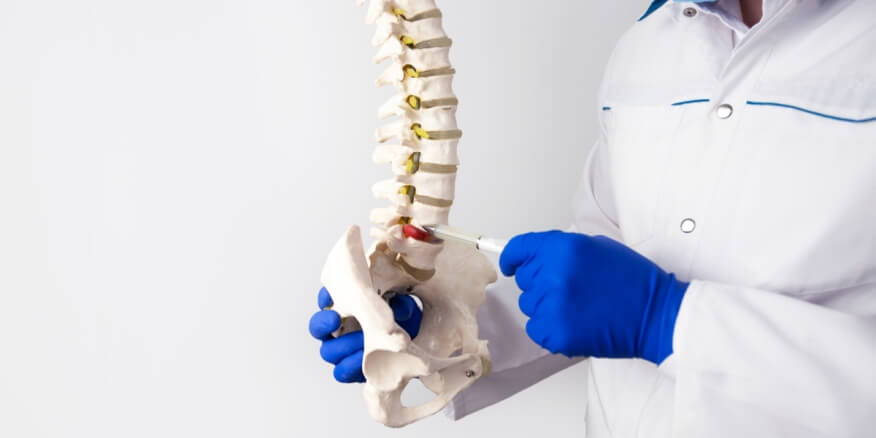
How Long is the Recovery Period After Spine Cartilage Surgery?
Perhaps the most important question that crosses the mind of a person suffering from a slipped disc is: How much time is needed to recover from a slipped disc surgery? After the surgery, it takes the patient 4 to 6 weeks to fully recover, return to normal activities, feel comfortable, and gradually start to notice the pain disappearing.
Post-Spine Cartilage Surgery
Improving the condition of a patient with a slipped disc can be achieved through surgical procedures, but following the instructions provided by the doctor after the surgery is one of the essential steps that help improve the patient’s condition and speed up recovery.
Dr. Amr Amal, an orthopedic and joint surgery consultant at Ain Shams University, recommends some steps to follow after a slipped disc surgery, which are as follows:
- Take the medications specified by the treating doctor after the surgery.
- Follow the personalized program for the patient after the operation, which includes physical therapy and exercise.
- Get enough rest and avoid exertion.
- Follow a suitable diet to lose weight.
To learn more about post-spine cartilage surgery and the possibility of walking afterward, we recommend reading the following article.
Important Guidelines After Spine Cartilage Surgery
There are some practices that should be followed after a slipped disc surgery to increase the chances of quick recovery, or these habits could be wrong and make things worse. Therefore, we provide you with some important advice and guidelines to follow to enhance the chance of recovery, including the following:
- It is important not to overburden the body during the recovery period and to avoid strenuous work and sports for about 12 months.
- Avoid sitting for long periods, combat idleness, and start walking short distances in the first days after the surgery, then gradually increase movement.
- Engage in appropriate physical therapy for the patient and commit to the session schedules to help rehabilitate the affected area, strengthen the back and leg muscles, and restore their flexibility more effectively.
- Keep the wound clean and free from contamination or exposure to moisture.
- Maintain a balanced diet rich in fiber, proteins, and essential nutrients for the body.
- Follow the doctor’s instructions regarding taking prescribed medications at their specified times and other measures that enhance the chances of quick recovery after the operation.
How Long Does Spine Cartilage Surgery Take?
“Receive innovative and effective treatment for a slipped disc with Dr. Amr Amal’s spine cartilage surgery.”
The time required for a slipped disc surgery varies from one type of surgery to another, but all of them do not exceed two hours. In most surgeries, partial anesthesia can be used. The patient must remain under care for a day in the hospital and can return home after this time to begin the recovery journey. Spine cartilage surgery is characterized by its high success rate. For more details on this matter, click here.
How Long is the Recovery Period After Spine Cartilage Surgery?
Perhaps the most important question that crosses the mind of a person suffering from a slipped disc is: How much time is needed to recover from a slipped disc surgery? After the surgery, it takes the patient 4 to 6 weeks to fully recover, return to normal activities, feel comfortable, and gradually start to notice the pain disappearing.
The Most Skilled Doctor for Spinal Disc Herniation Surgery
One of the most crucial things that a patient with a herniated disc looks for and cares about is finding a skilled doctor to perform the surgery, as it is a delicate procedure that requires a proficient physician. Through these paragraphs, we recommend Dr. Amr Amal, a consultant in orthopedic and joint surgery at Ain Shams University, and one of the best specialists in performing herniated disc surgeries. Dr. Amr is distinguished by his great dedication to his work and his efforts to choose the most suitable approach for the patient’s condition, employing modern methods and techniques that yield impressive and satisfactory results for the patient.

